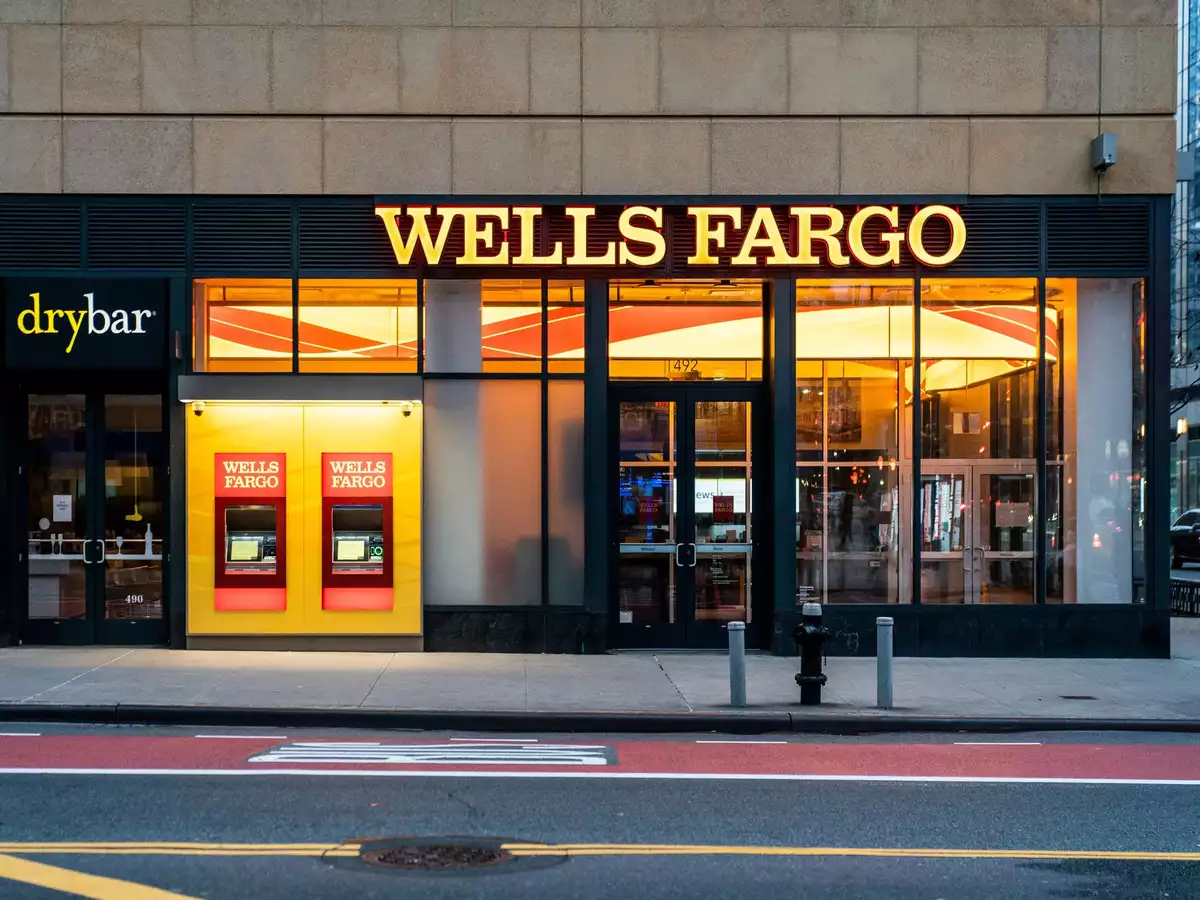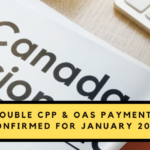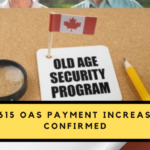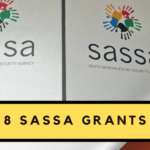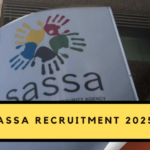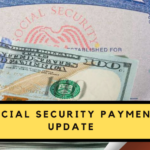Wells Fargo, one of the largest banks in the United States, has faced serious accusations regarding its treatment of customers, resulting in significant legal consequences. If you’re a Wells Fargo customer, you might be eligible for compensation due to a variety of wrongful practices that have affected millions of customers. This includes auto loan customers, mortgage borrowers, and deposit account holders. Payouts for these violations will depend on the specific harm you’ve experienced.
A History of Controversy: Wells Fargo’s Troubles
Wells Fargo has been under scrutiny for years, ever since the 2016 scandal involving fraudulent accounts. The bank was found to have opened millions of accounts without customer consent, and the fallout revealed several problematic business practices. Among these were high-pressure sales tactics and poor oversight. Following this scandal, Wells Fargo has faced numerous penalties from regulatory bodies and legal actions from affected customers.
The Consumer Financial Protection Bureau (CFPB) announced that Wells Fargo would pay a massive $3.7 billion penalty. This fine was a result of malpractice across various financial products, with $2 billion allocated to compensate affected customers. The remaining $1.7 billion was used as a civil penalty.
Rohit Chopra, Director of the CFPB, labeled Wells Fargo a “repeat offender,” highlighting the severe nature of their ongoing violations. The settlement was put in place to hold the bank accountable and ensure long-term reforms.
Key Areas Affected by the Wells Fargo Class Action Settlement
Wells Fargo’s faulty business practices have impacted millions, with approximately one in three American households holding accounts with the bank. If you have ever been a Wells Fargo customer, it’s essential to understand whether you’ve been affected, what compensation you may be entitled to, and how to claim it. Below is an overview of the issues that impacted customers and the steps to take for compensation.
In total, over 16 million bank accounts were subjected to wrongful practices. The following are the major areas covered by the settlement:
Unauthorized Fees and Account Activities
Many Wells Fargo customers were hit with unauthorized fees on their checking and savings accounts. These fees included surprise overdraft charges and maintenance fees. Under the current settlement, affected customers will receive compensation for these charges, and measures are being put in place to prevent these issues from occurring again.
Auto Loans
Wells Fargo’s auto loan customers were subjected to improper fees, wrongful repossessions, and mismanagement of insurance payments. Many customers were forced to pay higher fees due to the bank’s failure to process payments properly. A significant portion of the $2 billion settlement will go towards compensating auto loan borrowers who were negatively impacted.
Mortgage Mismanagement
For customers holding mortgage loans with Wells Fargo, many experienced erroneous charges. Some faced wrongful foreclosures because of mistakes made by the bank, while others had their loan modifications unjustly denied or delayed. This has caused considerable financial harm to affected borrowers, and the settlement will address these mistakes and help compensate for their impact.
Breakdown of Settlement Money Allocation
The settlement funds will be distributed based on the type of harm experienced. Here’s a breakdown of how the $2 billion in compensation will be allocated:
- Customers impacted by unauthorized fees on deposit accounts will be compensated based on the amount of fees charged.
- Auto loan customers will be reimbursed for any wrongful repossession and improper fees.
- Mortgage customers who experienced wrongful foreclosures or delayed loan modifications will receive compensation for the losses incurred.
How to Claim Wells Fargo Class Action Compensation
If you believe you’ve been affected by any of the practices listed above, you may be entitled to compensation. Wells Fargo is responsible for identifying eligible customers and contacting them directly. In many cases, you do not need to take any action yourself.
However, if you think you’re eligible but haven’t been contacted, you can reach out to Wells Fargo at 844-484-5089 during business hours (9 a.m. to 6 p.m. ET, Monday to Friday). If the bank does not assist, you can file a complaint with the CFPB.
Compensation amounts will vary depending on the specific violation. For example, customers whose cars were wrongfully repossessed are entitled to at least $4,000 for related costs.
It’s also important to be wary of scammers. Fraudsters might try to take advantage of the situation by offering to help you claim your compensation for a fee. If you come across anyone claiming to assist with compensation and requesting electronic payment, it’s likely a scam. In such cases, contact the CFPB immediately at (855) 411-2372.
Ongoing Regulatory Scrutiny and Wells Fargo’s Reforms
This massive settlement comes with significant ongoing regulatory scrutiny. The CFPB and other regulators will continue to monitor Wells Fargo to ensure the bank adheres to the necessary reforms. In response, Wells Fargo has committed to improving its internal systems and customer service policies to regain customer trust and prevent further violations.
While this settlement will help compensate customers who’ve suffered from Wells Fargo’s actions, it’s still unclear if these reforms will be enough to repair the damage done to the bank’s reputation. Only time will tell if Wells Fargo can rebuild trust among its customers.
For those who have been affected, it’s crucial to stay informed and make sure you’re receiving any compensation you’re entitled to. If you haven’t received a notification from Wells Fargo yet, don’t hesitate to contact them and inquire about your eligibility.
Note: Every piece of content is rigorously reviewed by our team of experienced writers and editors to ensure its accuracy. Our writers use credible sources and adhere to strict fact-checking protocols to verify all claims and data before publication. If an error is identified, we promptly correct it and strive for transparency in all updates.

